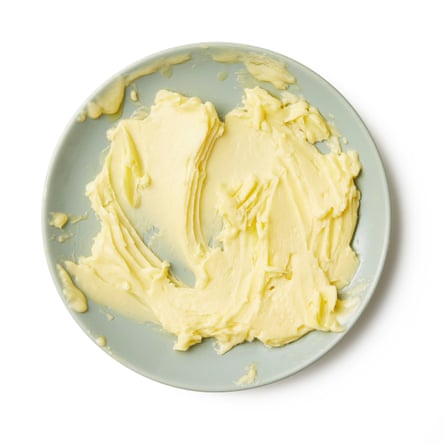
Cupcakes, with their sculpted swirls of gaudy buttercream, tend to be easier on the eye than the appetite, which is why I prefer their more delicate, fairy-sized cousins. They’re also deliciously simple to make, and even more fun to decorate; an ideal Easter holiday activity, because everyone gets to enjoy the results (plus, you can lick the bowl afterwards).
Prep 15 min
Cook 20 min
Makes 12
85g butter
85g caster sugar
1 egg
100g self-raising flour (see step 5)
40g ground almonds (optional; see step 5)
¼ tsp baking powder
Salt (optional)
100ml milk, though you might not need it all
225g icing sugar (optional)
1 Soften the butter
Make sure the butter is soft enough to squish easily. If yours isn’t, cut it into cubes, then spread it out on a plate or tray and put it in a very low oven – turn just the light on – and leave it to soften, which should take about 20-30 minutes. (Note: you can use salted or unsalted butter, or even margarine, depending on what you prefer.)
2 Line or grease the cake tin
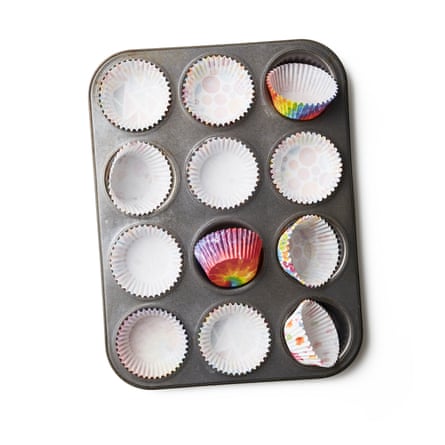
Fill a shallow-holed fairy cake (or jam tart) tin with paper cases. If you don’t have cases, grease the holes well with oil or butter, so the cakes won’t stick to the tin – use a pastry brush, clean kitchen roll or the butter wrapper to help spread it around.
3 Beat the butter
Heat the oven to 200C (180C fan)/390F/gas 6. Put the butter in a sturdy bowl – if need be, stand it on a damp, folded tea towel to stop it sliding around – then beat with a wooden spoon until it’s even softer (if you prefer, use electric beaters or a food mixer fitted with the flat beating tool to do this).
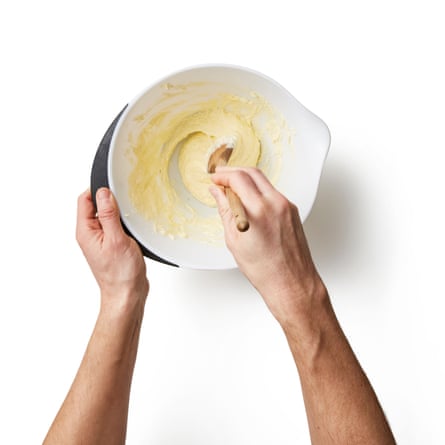
4 Add the sugar and then the egg
Beat in the sugar until the mixture is soft and fluffy – the more air you trap in there, the lighter your cakes will be, so don’t rush this step. Crack the egg into a cup, stir with a fork to combine the yolk and the white, then add it bit by bit to the butter and sugar mix, beating it in well between each addition.
5 Combine the dry ingredients …
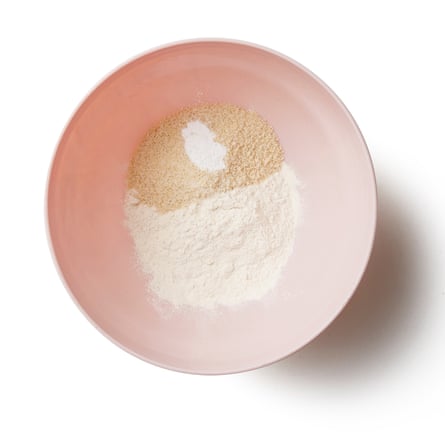
Put the flour, almonds, baking powder and a pinch of salt (if using) in a second bowl and whisk. If using plain flour, add a teaspoon and a half of baking powder instead of a quarter-teaspoon (self-raising flour has baking powder included). And if you’d prefer to keep your cakes nut-free, replace the almonds with 50g extra flour.
6 … then fold into the butter mix
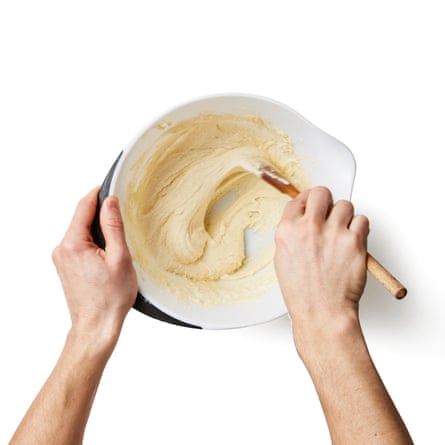
Using a large spoon or spatula, gently fold the flour mixture into the butter and sugar mix, until you can no longer see any dry patches of flour – try not to be too rough with it, though, because that will knock valuable air out of the mixture.
7 Add milk to loosen, then half-fill the cake cases
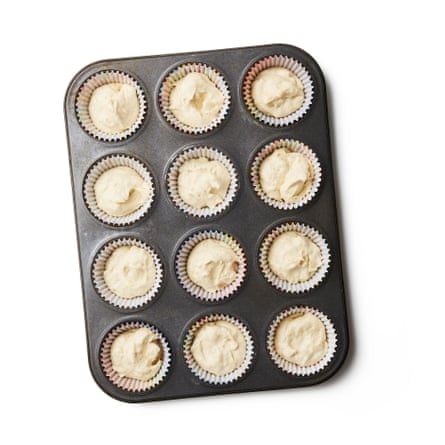
Beat in just enough milk so the mixture drops easily off the spoon, but doesn’t immediately run off it like a liquid. (If it’s too thick, add more milk; if too runny, add more flour.) Use a smaller spoon to half-fill the cases (or greased tin holes) with the cake mix. If you’d prefer flat-topped cakes, only quarter-fill the cases/tin holes.
8 Bake, cool, ice and eat
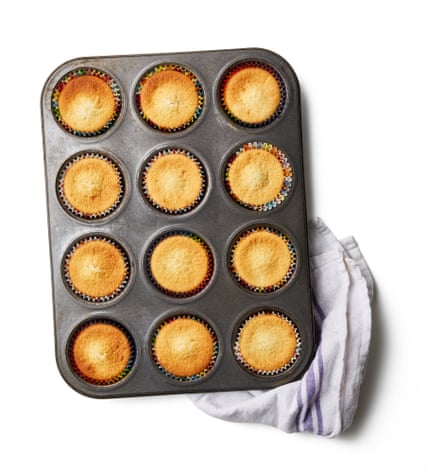
Bake the cakes for about 20 minutes, or until well risen and golden, then remove and leave to cool before icing, if you intend to. To do that, mix the icing sugar with just enough boiling water to make a thick paste, then smooth it all over the tops of the cooled cakes and add any decorations before it sets. Eat quickly – fairy cakes don’t keep.
9 Variations
If you like, flavour the cake mix with a teaspoon of vanilla extract, the grated zest and juice of an unwaxed lemon, 75g chocolate chips or dried fruit (they’re particularly nice paired with a quarter-teaspoon of cinnamon or mixed spice). For chocolate icing, mix two teaspoons of cocoa powder into the icing sugar, or, for lemon or orange icing, mix in juice and grated zest to taste.


